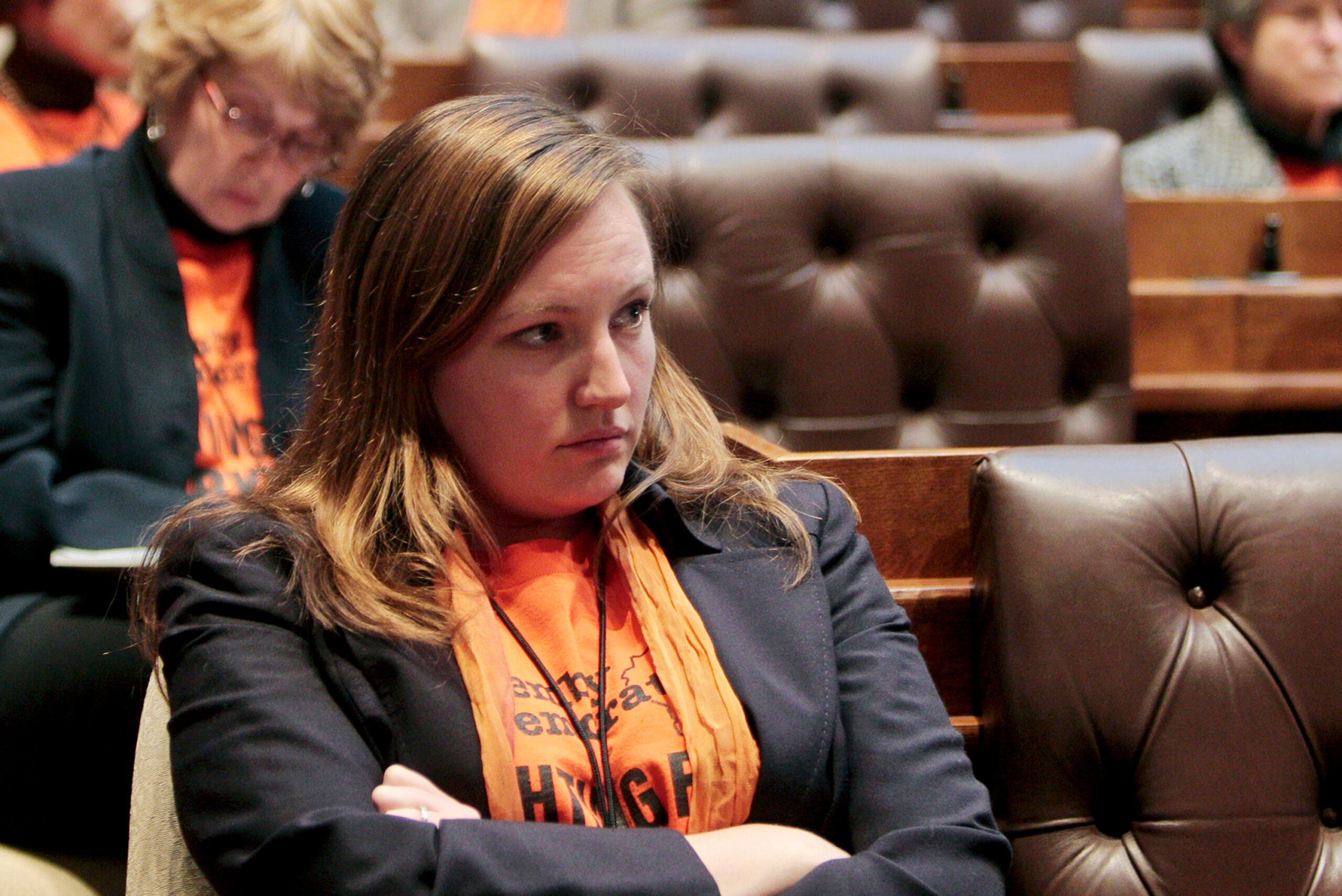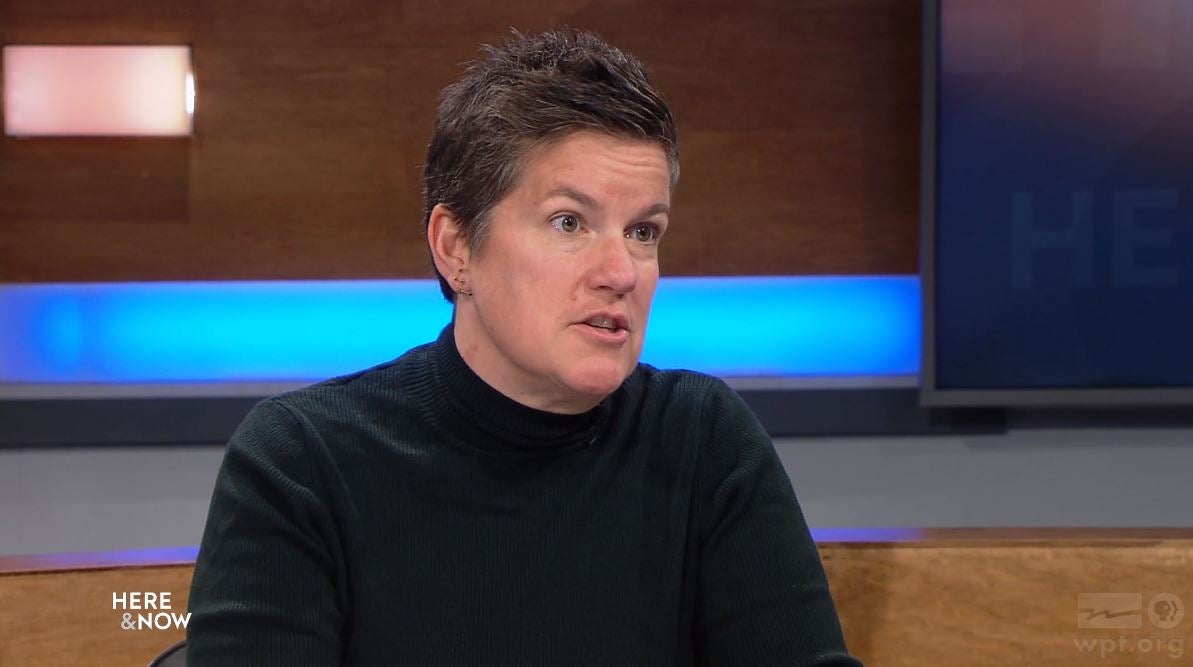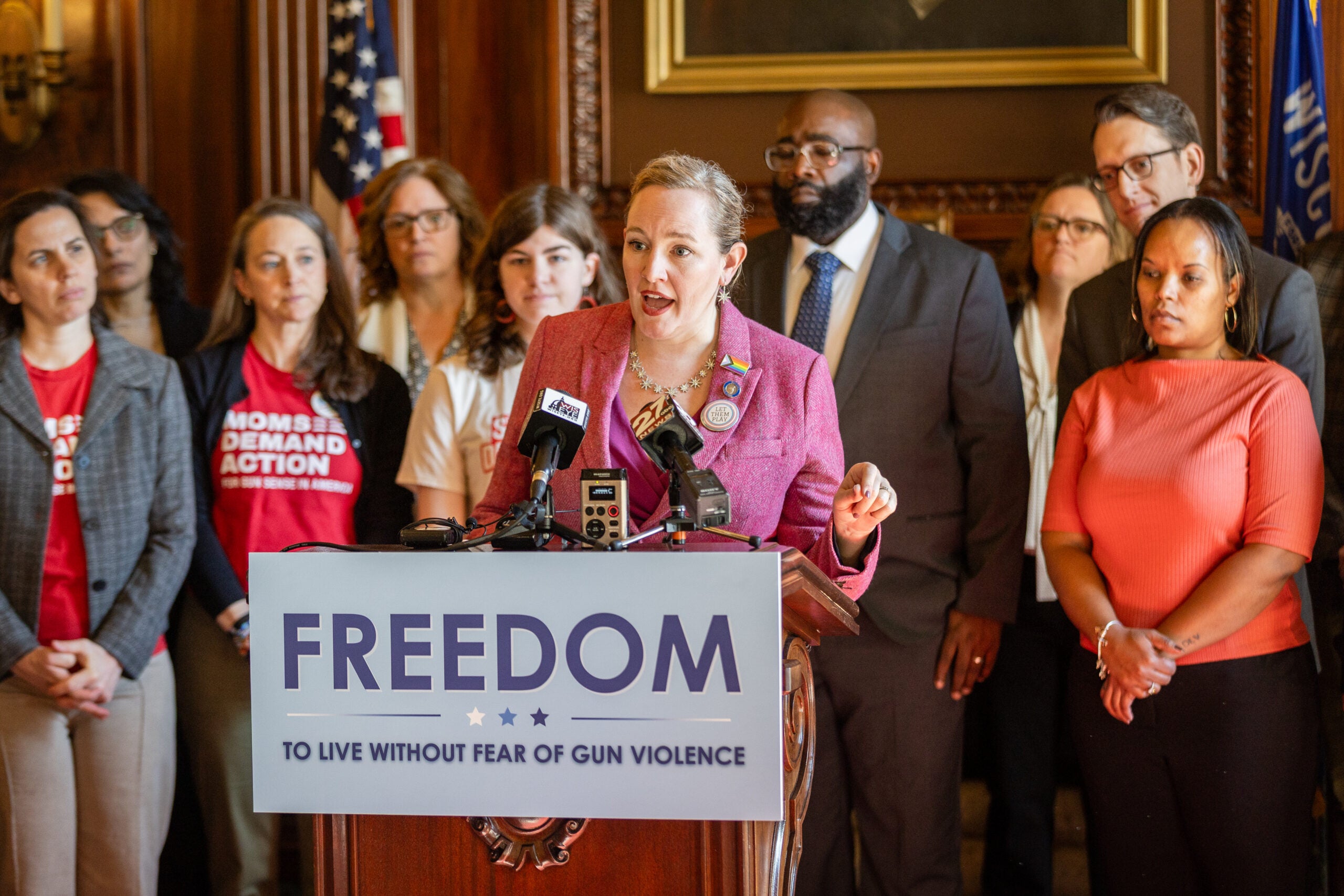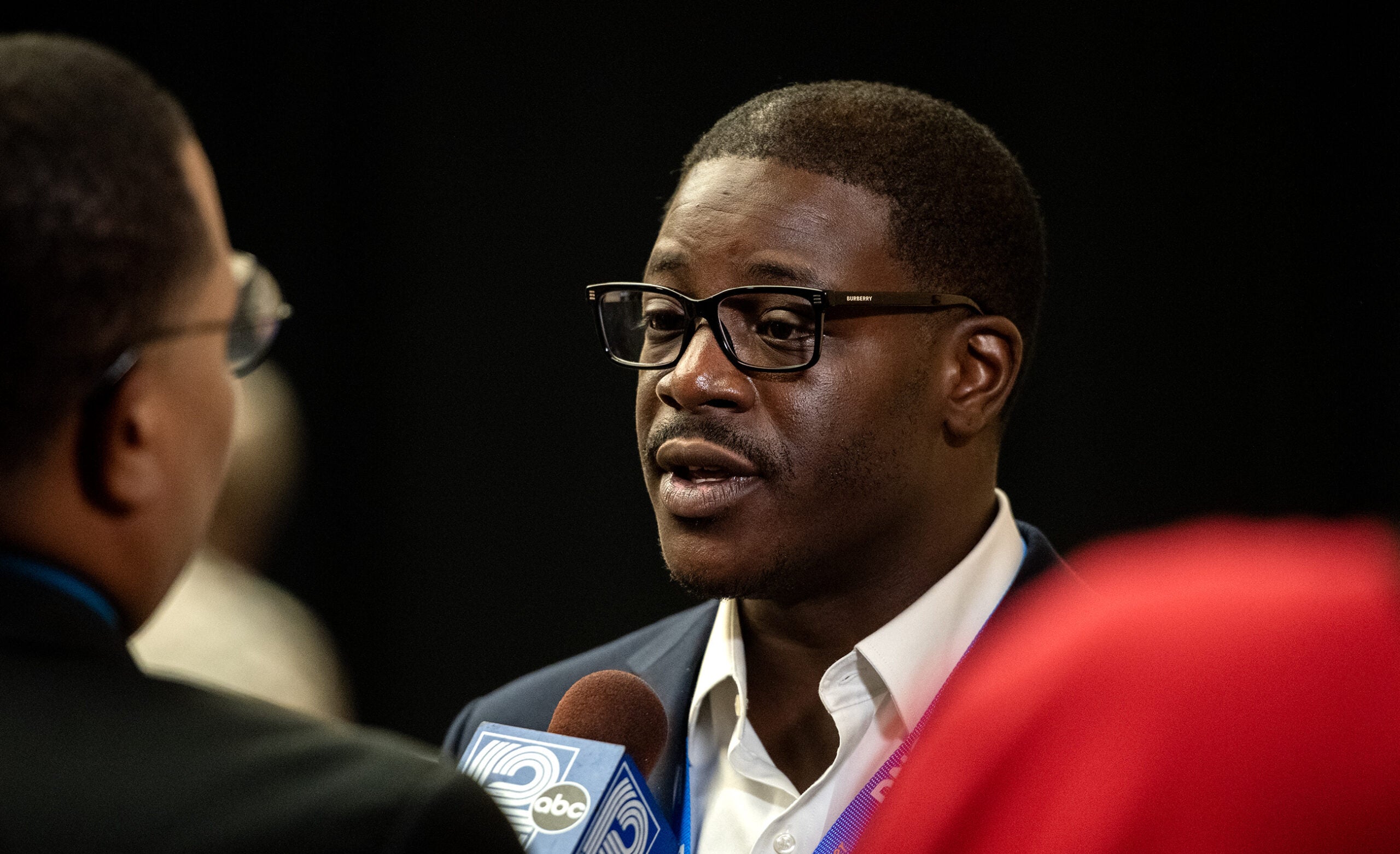Wisconsin Democratic gubernatorial candidate Kelda Roys omits an important fact when she counts herself as a longtime supporter of statewide redistricting reform.
Roys is one of eight in a crowded Democratic field fighting to win the state party’s primary Aug. 14 for a chance to unseat Republican Gov. Scott Walker. She recently vowed to lobby for nonpartisan line-drawing at a campaign forum and on Twitter.
7) We must enact non-partisan redistricting reform. I have supported this since my first term in the legislature, where many of my Assembly colleagues and I stood up to our leadership & urged passage of our Iowa-stye independent redistricting bill. VOTERS WILL BE HEARD!
— Kelda Roys (@keldahelenroys) June 18, 2018
News with a little more humanity
WPR’s “Wisconsin Today” newsletter keeps you connected to the state you love without feeling overwhelmed. No paywall. No agenda. No corporate filter.
Roys, 39, The former director of NARAL Pro-Choice Wisconsin, served two terms in the state Assembly, between 2009 and 2013. She left politics, until now, after losing a Democratic primary for U.S. Congress in 2012.
The issue of redistricting is particularly contentious in Wisconsin, where Democrats challenged the legislative maps Republicans drew in 2011 all the way to the U.S. Supreme Court. The high court punted the case back to the lower courts last month, allowing the state’s GOP-friendly political terrain to stand.
A Look At Her Claim:
“We must enact non-partisan redistricting reform. I have supported that since my first term in the Legislature, where many of my Assembly colleagues and I stood up to our leadership & urged passage of our Iowa-style independent redistricting bill,” Roys’ Tweet read.
The Facts:
Roys’ claim that she defied party bosses to support a redistricting reform bill during her first term in office is false.
Roys was serving her first term as a state representative in 2010 when she passed up the chance to co-sponsor legislation modeled after Iowa’s policy of giving non-partisan analysts the power to draw legislative boundaries.
Wisconsin Democratic State Rep. Spencer Black introduced the redistricting reform bill in March of that year, when Democrats controlled the governor’s office, state Senate and Assembly. None of Black’s Democratic colleagues — including Roys — signed their names to the bill. The legislation died when the Assembly adjourned in April.
Black, who had introduced similar redistricting bills in previous years, told The Associated Press that he did not actively seek co-sponsors for the bill that year because of too much opposition among the party’s leadership. But that wouldn’t have prevented Roys co-sponsoring the bill to publicly express her support and stand up to leadership.
Democrats lost control of the Legislature later that year and the state’s Republicans worked in secret to create new political maps that favored the GOP in 2011, following the 2010 census.
A spokesman for Roys’ campaign said she introduced a redistricting reform bill in 2011, during her second term when Republicans took charge. Roys also said she would support nonpartisan redistricting in a 2008 campaign pamphlet, but that was before she was elected to the Assembly.
© Copyright 2026 by The Associated Press. All rights reserved. This material may not be published, broadcast, rewritten or redistributed.





